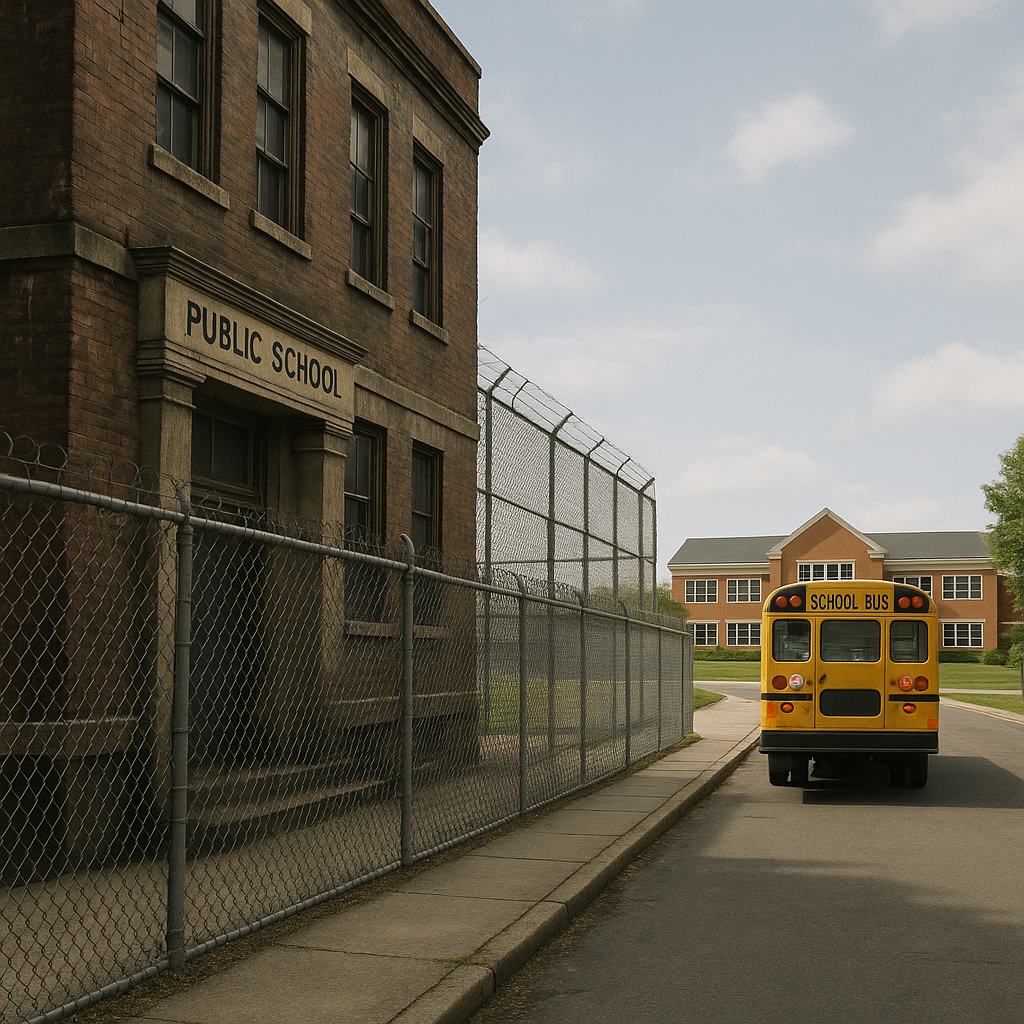
Introduction
The concept of school choice in public education promises flexibility and freedom for families. But in reality, it often leaves behind the very students it claims to empower especially those in under-resourced urban areas. This blog explores how the illusion of choice can deepen educational inequality, rather than solve it.
What Is School Choice in Public Education?
At its core, school choice in public education allows parents to choose where their child attends school public, charter, or private rather than being assigned one based on zip code. In many states, this includes using government-funded vouchers to attend private schools.
But while this sounds empowering, it frequently reinforces the same disparities it’s meant to correct.
How School Choice Fails Urban Students
Lack of Real Access for Urban Families
A child in an underfunded urban neighborhood may technically have “choice,” but if the best-rated schools are in suburban areas and they don’t have the resources to get there, what kind of choice is that?
Some parents don’t have the flexibility to drive long distances, and many districts don’t offer adequate transportation to support out-of-boundary enrollment. The result? School choice becomes a privilege, not a right.
Charter and Magnet School Screening
Many charter and magnet schools can set their own admission standards, meaning students with learning differences, disciplinary history, or lower test scores may be denied. This weeds out students who need support the most, creating tiers of access.
Public School Funding Losses
When public money follows the student into private or charter systems, neighborhood schools are left with fewer resources fewer teachers, larger class sizes, and reduced extracurriculars. This deepens the inequality rather than solving it.
Who Truly Benefits from School Choice?
While school choice is often marketed as a tool for disadvantaged families, research shows it frequently benefits higher-income households who already have more flexibility, resources, and access to information. In essence, those already winning the education game are handed even more options, while the rest continue to fall behind.
A Better Approach to School Choice in Public Education
If choice were truly equitable:
- Every child could attend any public school regardless of their zip code.
- Transportation would be provided as a right, not a luxury.
- Schools wouldn’t compete for funding they’d all receive what they need to succeed.
Until then, the problems with school choice in public education will continue to hurt the very students these policies claim to help.
Final Thoughts: The Real Reform We Need
If we want real change, we have to stop pretending that school choice alone is the answer. The solution lies in investing in all public schools urban, suburban, and rural and creating a system where no student is left behind because of their address.
Let’s stop selling the illusion and start fighting for equity.